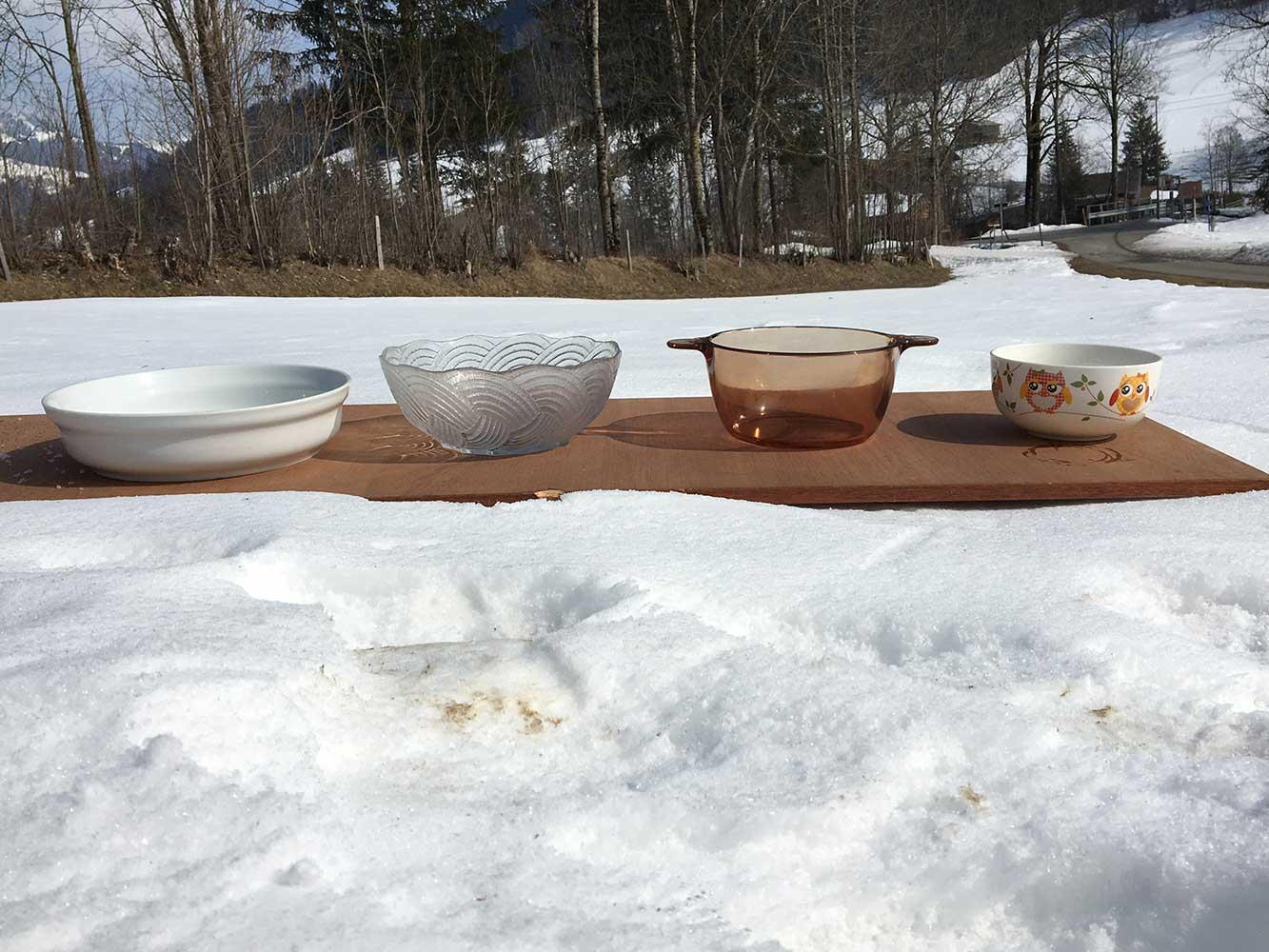It’s not for drinking…
08.07.2019 Gstaad LivingMany years ago, I joined my first Züglete, walking with a family’s cows from their farm in the valley up to pastures on a scenic Berg. It was a long climb, with much time spent chasing wayward bovines and frequent missteps into mountainside mudholes up to my knee (at least I hope it was mud…). After several hours, we reached the Berg and relaxed outside the cheese-making hut in the warm sun. I was quite thirsty after the long hike, and my water bottle was empty.
Theretofore unfamiliar with theconcept that the water running into Swiss cow troughs was eminently drinkable, I cast about for relief. One of the other guests pulled out a glass bottle of water, and I asked if I could have a sip. He shook his head, and then proceeded to rub that pristine-looking refreshment over his bare calves. I apologised for my confusion and asked him if it was some sort of naturopathic decoction or alcohol-based rub. “No,” he replied, smiling at my ignorance, “it’s march water. It’s not for drinking.”
I left that day believing that mySwiss acquaintance had some sort of water-based medicinal remedy, knowledge of which he probably acquired in the military, that soothed the muscles after a long march. Only later did I realise that it was ‘March’ water, or water melted from March snow.
Claims of the efficacy of Märzenwasser (or Märzwasser) for and against myriad uses and conditions has a long history in Alpine regions. The German Oekonomische Encyklopädie (1773-1858) describes it as having an unusual purity and lack of turbidity, which allows it to be kept in sealed bottles for years without becoming fetid. The work goes on to say that it makes excellent washing water and contrasts its use with the ridiculous superstition of ‘Easter’ water, which silly young girls would secretly collect on Easter night and use throughout the year as a regenerative skin tonic.
Other folkloric sources recomm-end using the water on berry bushes and fruit trees, so that bees will be attracted to visit them. One commentator noted that historically it was thought to be useful against a variety of conditions: intestinal worms, freckles, skin lichens, dandruff, eye diseases and even vermin, if you clean the floor with it or scatter March snow in suspicious spots.
Local opinion of March water generally runs high – 73% in a 2018 Anzeiger von Saanen poll – albeit with some dissenting skeptics, usually depending upon which end of the age spectrum one falls.
Many housewives keep a bottle within easy reach for burns resulting from scalding or inadvertently touching hot cooking utensils. Dabbing water on the affected area is thought to prevent blisters and even scarring. For those who spend too much time in the sun without adequate sunscreen, March water rates equally well for sunburn relief. As noted in the introductory anecdote, it apparently even relieves muscle strain.
Many Märzenwasser cynics scoff at a burn treatment that consists of, well, water. But, generally speaking, modern emergency medicine protocols recommend early cooling of first degree burns with – wait for it – cool running water, or with cool water compresses, if running water is not available (however, if in doubt, always consult your family physician!).
So, naysayers be chastened. Chalk one up for the old wives, and their tales.
Alex Bertea




